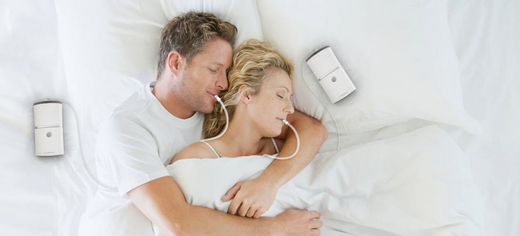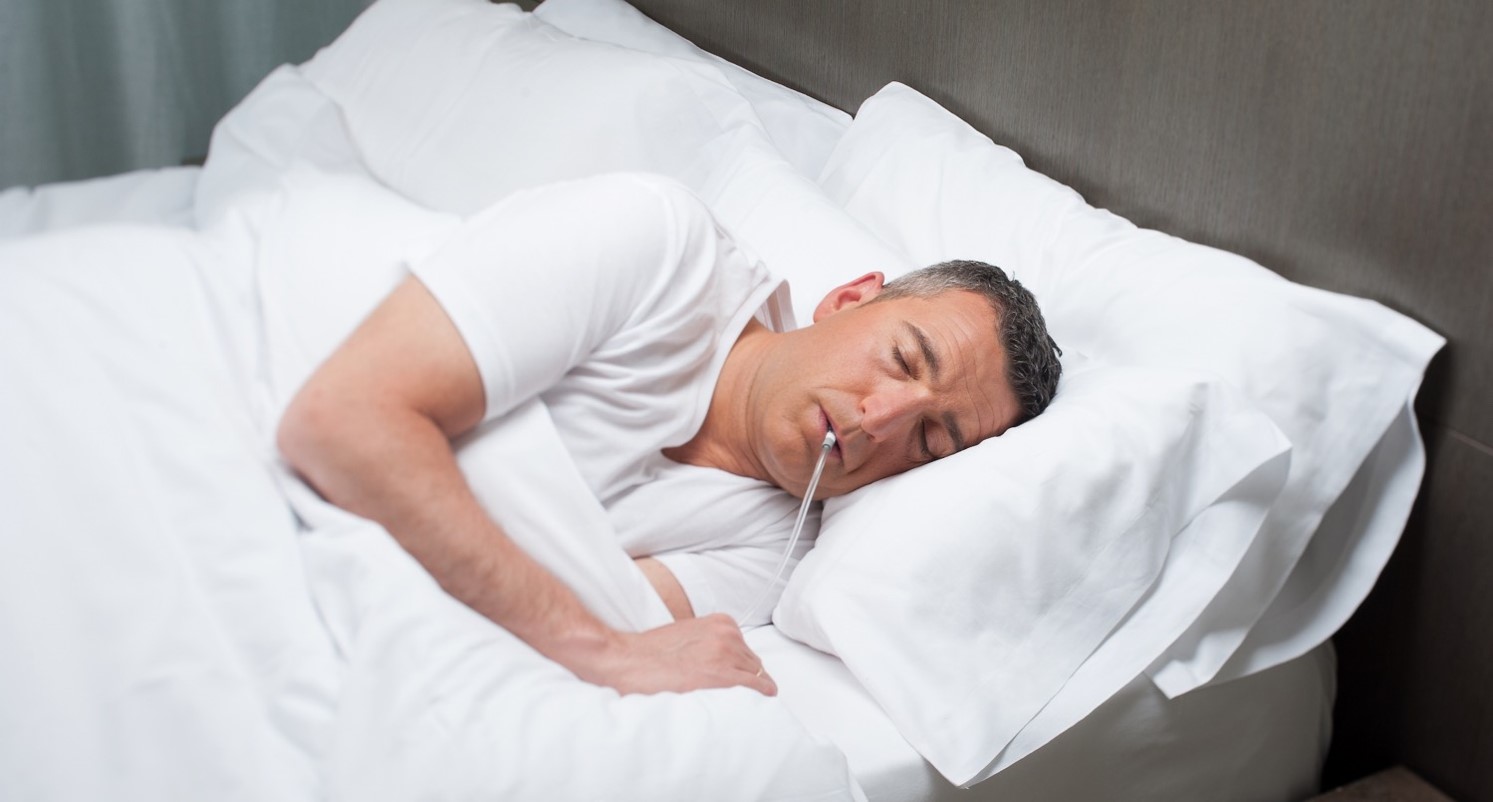1. What is iNAP?
iNAP is a new nonsurgical device for use at home for the treatment of obstructive sleep apnea in adults. The system uses a soft, flexible mouthpiece, thin tubing, and a quiet battery-powered console to deliver a light, oral vacuum to comfortably open your airway while you breathe normally through your nose during sleep.
2. Is iNAP right for me?
You may be a candidate for iNAP if you have been diagnosed with obstructive sleep apnea. Speak with a sleep physician to learn if the treatment is appropriate for you. In clinical studies, iNAP was proven effective in patients with mild, moderate, and severe obstructive sleep apnea (AHI between 5 and 55). iNAP doesn’t work for everyone, so we recommend discussing iNAP as a therapy option with your physician.We offer two options1) Purchase. Includes a 90-day trial, allowing you to return the product if iNAP is not suitable, and receive a refund, less a $250 shipping/restocking fee, and2) Membership. You may return the device anytime and stop paying the monthly membership fee after the 3rd month.NOTE: To successfully use iNAP, you must be able to breathe through your nose while sleeping.
3. Do I need a prescription?
Yes, iNAP is available by prescription only. We can help connect you with a board-certified sleep physician who is familiar with iNAP, and you can schedule a telehealth appointment with them from our website. The doctor you choose will have a video consultation with you to determine if you are a candidate. If so, we will receive a prescription from them and contact you to begin shipping iNAP to you.
4. Do I have to speak with a Sleep Physician who is contracted with Somnics??
Yes, iNAP is available by prescription only. We can help connect you with a board-certified sleep physician who is familiar with iNAP, and you can schedule a telehealth appointment with them from our website. The doctor you choose will have a video consultation with you to determine if you are a candidate. If so, we will receive a prescription from them and contact you to begin shipping iNAP to you.
5. What's the difference between iNAP and CPAP?
CPAP uses positive pressure that blows air out of the device into a tube that connects to a mask that seals over the nose or over both the nose and mouth. This positive pressure creates a pneumatic splint to keep the airway open during sleep. Frequent patient complaints include unable to tolerate the mask, unable to tolerate the pressure, too complicated to operate, difficult to clean, and noise and air leakage can bother the bed partner.Unlike CPAP machines, iNAP technology uses negative pressure to move and stabilize the tongue and soft tissues, removing blockage from the airway. The user wears a simple and comfortable oral interface. The console, which is the size of a smartphone is discreet and comes with a built-in rechargeable battery, making it perfect for travel. iNAP is quiet, easy to use, maintain and keep clean, and discreet with no concerns that could bother the bed partner
6. Is iNAP covered by insurance?
Not yet. We will soon work with private and federal insurance companies to establish coverage for the product. Currently, patients pay out-of-pocket for this therapy. The good news is that iNAP is eligible for coverage under HSA/FSA employer plans.
7. Can iNAP replace the CPAP that I currently use or tried using?
iNAP is designed as an alternative to CPAP with the goal of enhancing the patient’s sleep experience. We anticipate high (80%) or higher compliance rates by providing a comfortable and patient-focused treatment experience. Compact, easy to clean, and highly portable, iNAP is an OSA treatment option for those who cannot tolerate the CPAP or APAP.
8. How long does the battery last?
It depends on the user’s session habits and seal % time. On average, the iNAP One Sleep Therapy System’s recharged battery can last up to 6 days when used 7-8 hours per night.
9. How often should I change the disposables?
Oral Interface and Tubing set: Replace every 3 monthsDry pad: Replace dailySaliva container: Replace every 6 months
10. I have a deviated septum and one side of my nose is blocked. Can I use iNAP?
If you can breathe through your nose with your closed mouth, you might benefit from iNAP. Some mouth breathers may take longer to adjust to nasal breathing. If you have congestion from colds or allergies, using a nasal spray to relieve nasal congestion could help the blockage
11. I have missing teeth. Can I use iNAP?
Yes, The oral interface provides a lip shield to help you maintain oral pressure when using iNAP. You need to have front teeth in order to keep the oral interface in place
12. What are payments options?
iNAP and all accompanying supplies are available by prescription, either through a direct purchase or through our membership program. The iNAP Club enables more patients to try the device on their terms. If they are not feeling the benefits of the therapy, they may return it to us with no strings attached.
13. Are there any published clinical studies?
Numerous iNAP efficacy studies have been published in peer-reviewed manuscripts and abstracts around the world and in the US. Clinical study references are available online at somnics.com/clinical.



